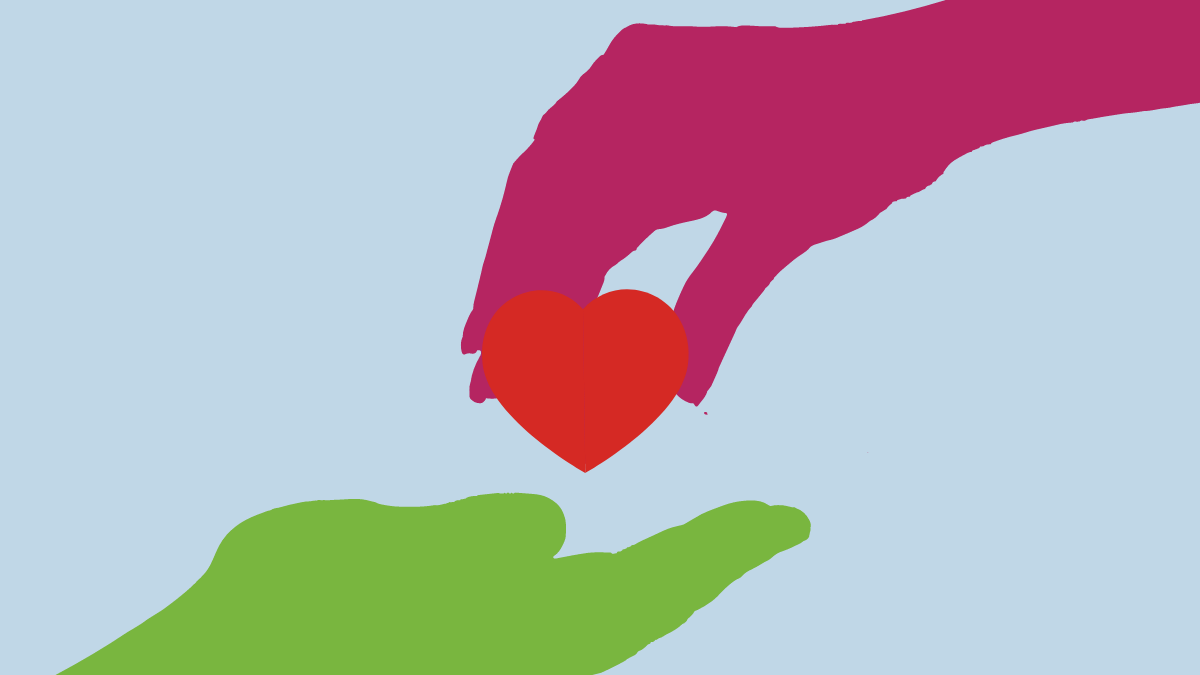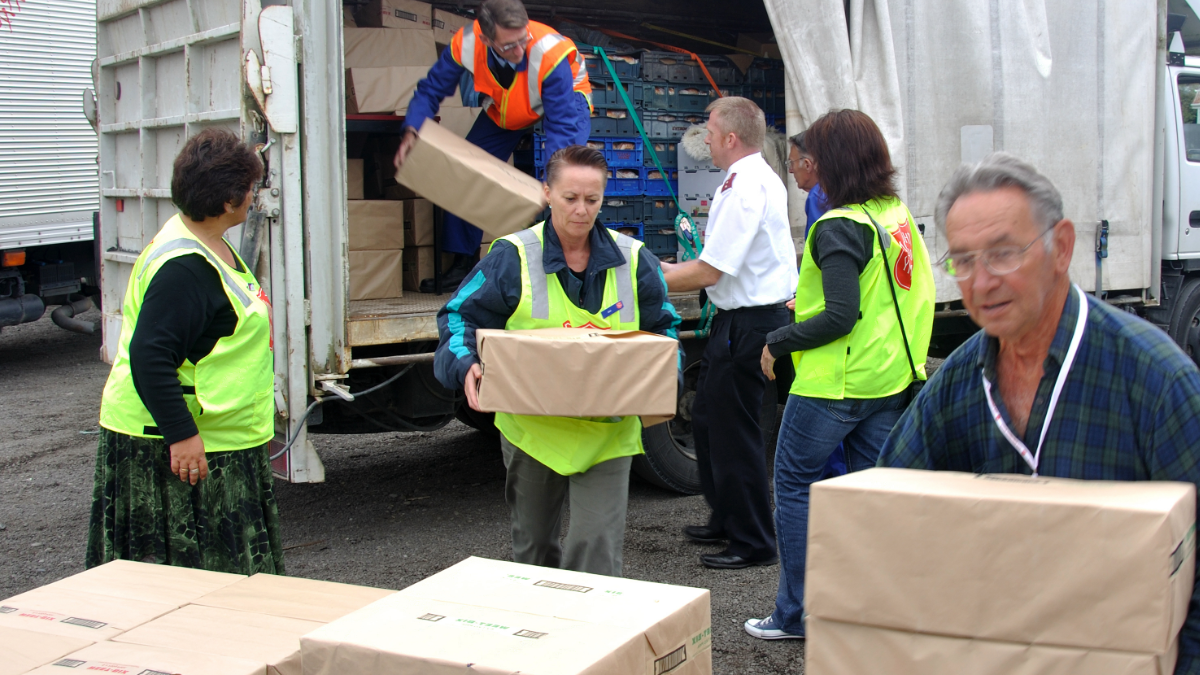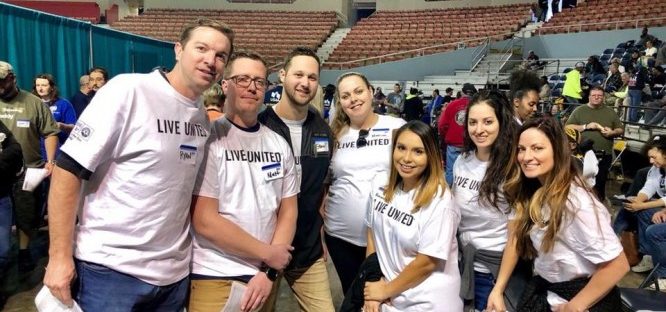Donating is one of the easiest ways to make a positive contribution to your community. Donating either your time or money (or both) is a great way to boost your own sense of gratitude while extended a helping hand to others in need. In fact, a study from the University of Oregon, found that giving … Continue reading Four Steps to Easy Donating
Disaster Relief: Ways to Prepare Your Organization
While summer might mean sunscreen, hot dogs, and lazy days at the pool for some, for disaster relief organizations, it’s a great time to evaluate preparations and procedures for potential weather-related emergencies. Although May is National Wildfire Awareness month, it’s not just wildfires that are cause for concern in the summer. As the mercury rises, … Continue reading Disaster Relief: Ways to Prepare Your Organization
DonationDays Promotes DollarDays Mission, Encourages a Spirit of Volunteerism
If you follow DollarDays on its social media platforms, you know how hard we work to help nonprofits stretch their donation dollars. Since 2007, we've assisted charitable organizations with their holiday outreach efforts by supplying more than 1.2 million blankets, five million pairs of socks and four million backpacks. Offering affordable, wholesale products for nonprofits … Continue reading DonationDays Promotes DollarDays Mission, Encourages a Spirit of Volunteerism
A Nation Built by Refugees
Today, the number of displaced people in the world is at its highest level ever, according to CNN. We have surpassed World War ll numbers, when the world was dealing with the most devastating event in history. [Approximately] 65.3 million people are away from their home today, [or] one out of every 113. [...] Anyone … Continue reading A Nation Built by Refugees
Give Me Shelter
Homelessness is not a modern phenomenon. The first cases of the homeless in America date back to the 1640s, according to Street News Service. Wars fought between the settlers and Native Americans displaced people on both sides. Back then, people would show up to a town and make a case for why they should be … Continue reading Give Me Shelter
Who is Helping the Kids Left Behind?
America now has 1,571,056 tax-exempt organizations, of which 1,097,689 are public charities, according to Urban Institute. [A]nother 105,030 [...] are private foundations, and 368,337 are [...] chambers of commerce, fraternal organizations and civic leagues. Nonprofits accounted for 9.2% of all wages and salaries [last year], 5.3% of U.S. GDP [and reported] $1.74 trillion in revenues. … Continue reading Who is Helping the Kids Left Behind?
Businesses Need American Education to Be Great
Listening to the [2016] presidential debates, all [of] the candidates want to make America better than it is today. They want America to lead the world, not to follow. According to Ranking America, [the United States leads] the world with the largest prison population at 2,217,000 prisoners, followed by China at 1,657,812 and Russia at … Continue reading Businesses Need American Education to Be Great
America Does Not Have Enough Volunteers
Unlike the 141 billionaires who have pledged to give away at least half of their wealth to charity through the “Giving Pledge,” an effort started by philanthropists Warren Buffet and Bill and Melinda Gates, most of us don’t have the big extra dollars to help out our favorite charities, [s]o [we] need to help by … Continue reading America Does Not Have Enough Volunteers
Shouldn’t We Be Helping Those at Home First?
The United States spends $30 billion a year on official development assistance overseas, according to Oxfam America. [...] We have foreign aid [to protect] our national security with [the] hopes it will reduce [the] poverty and injustice that fuel social tensions and [destabilize] countries. It also helps with our own economic interests, because aid can … Continue reading Shouldn’t We Be Helping Those at Home First?
For the Love of Animals
While on Valentine’s Day, we show our love for other humans, February 20th is “National Love-Your-Pet Day,” where we turn to our four-legged friends to show them how much we love having them around. The Humane Society estimates there are 67 million [U.S.] households that have pets. [...] The pet industry made $58 billion in … Continue reading For the Love of Animals



